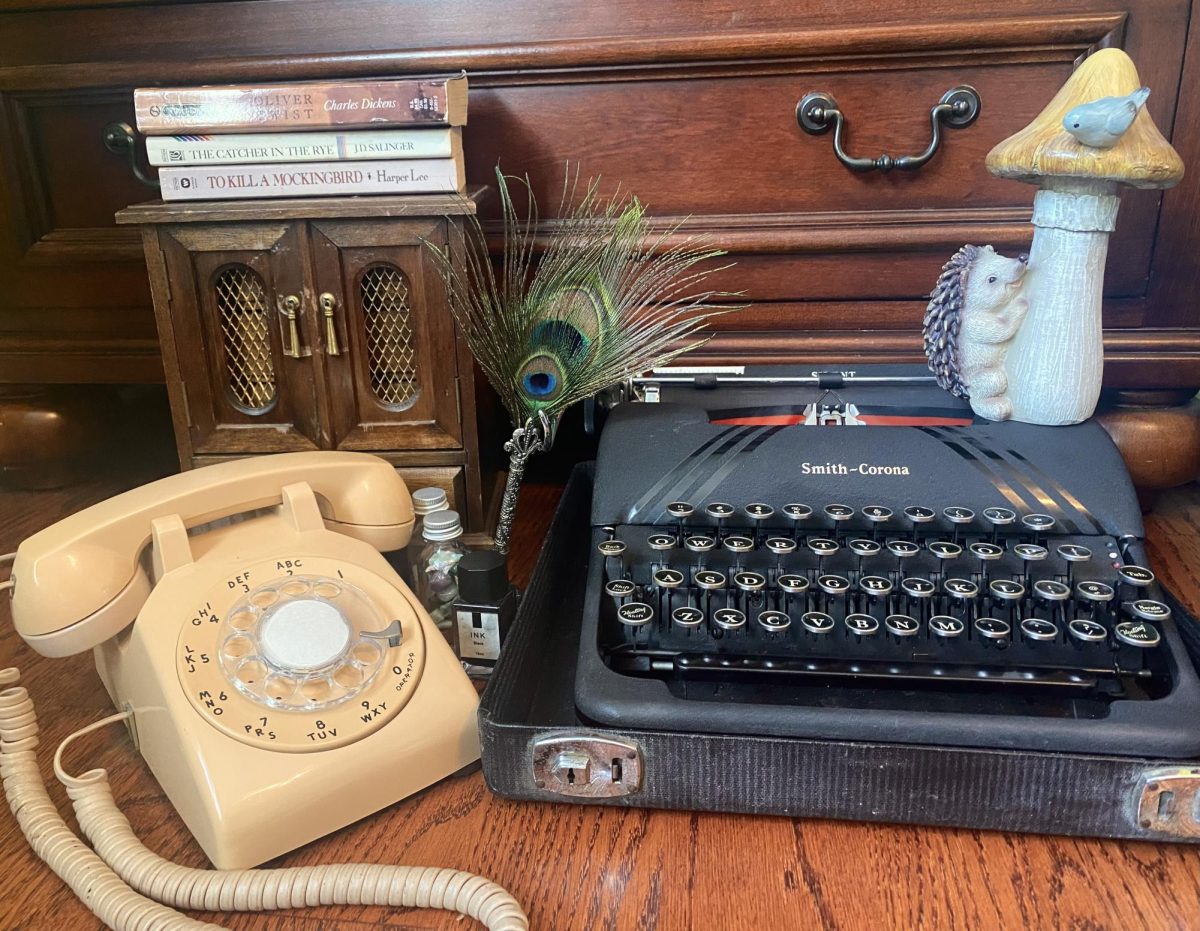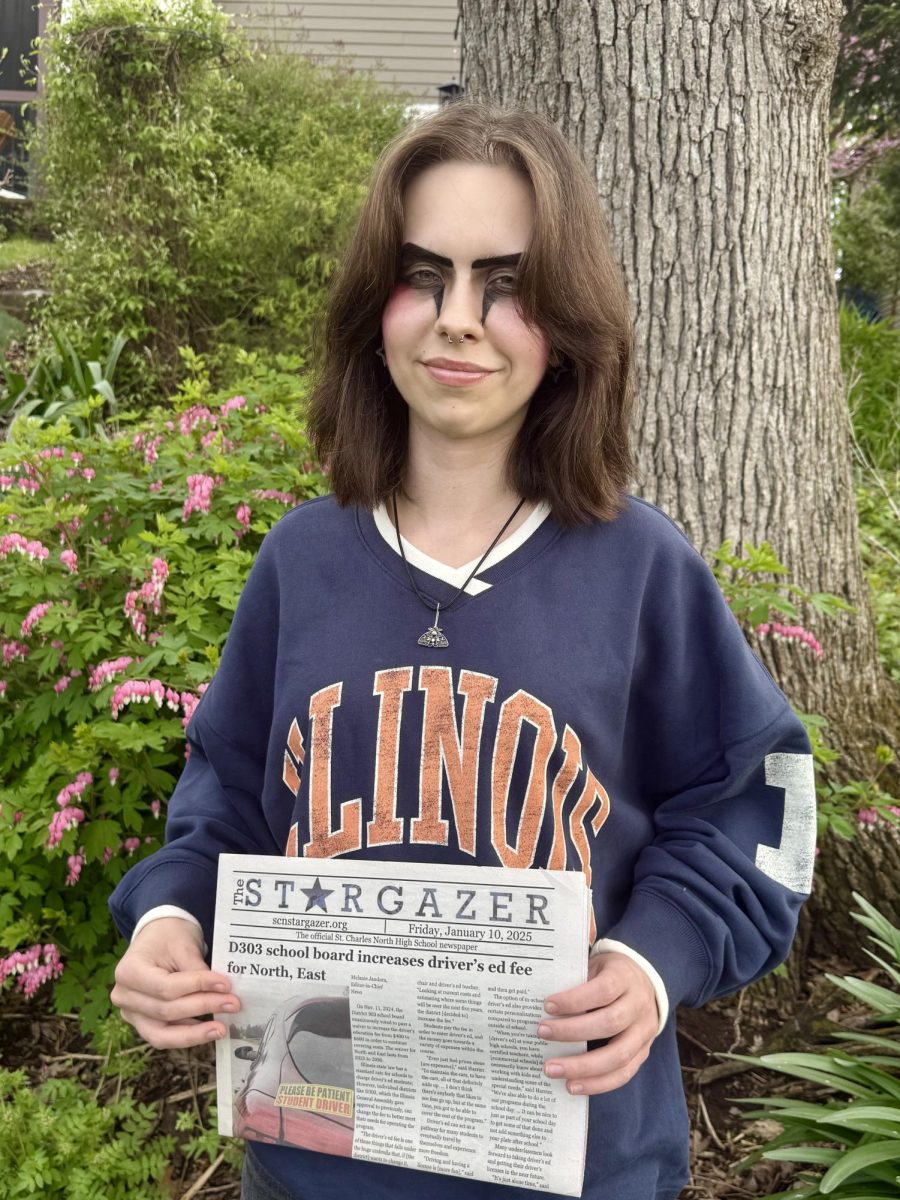Everywhere I look, whether on social media or in person, I feel drowned in minimalism: colors do not stray far from muted beiges, grays or whites, and home furniture often surrounds new, simplistic designs. Even when I enter some of North’s own classrooms, my energy seeps out, left at the door to waste away. Minimalism ravages the world of its splendor and leaves me to wonder: where has all the life gone?
Minimalism is an interconnected ideology and stylistic choice particularly popular in interior design and decorating; minimalists themselves push an ideal of owning mostly necessities, a type of “counter-culture” to mainstream celebrities and consumerism (even though it is one of the most mainstream movements out there). This mindfulness should subsequently help the environment through buying less, a value especially important taking into consideration how — according to the Environmental Protection Agency — Americans throw out over 12 million tons of furniture annually.
However, despite preaching attainability and environmental friendliness, present-day minimalists actually promote materialism due to only focusing on appearances.
Our current idea of minimalism is just an aesthetic being sold to us. On a list promoting “minimalist home decor finds” on Amazon, each piece has a modest design with neutral colors, the most expensive of which being a basic-looking chair costing $190. If the whole point of minimalism surrounds careful spending and owning less, why do corporations encourage us to buy more, replacing what we already have? Their intentions grow clear after peeking at apps such as Tiktok: the top videos under “#minimalist” — a tag currently containing over 465 thousand posts — consists primarily of monochromatic, modern-looking homes. Someone is not considered a true minimalist unless they fit the standards of what minimalism “ought to look like.”
This harmful viewpoint of conformity wreaks havoc on our planet. Of those 12 million tons of thrown-out furniture, 80% ends up in landfills, drastically raising carbon emissions and contributing to global warming in a similar vein to fast fashion. When minimalism encourages purchasing low-quality, “stylish” products, it is only a matter of time until they continue the cycle of environmental devastation.
On the other hand, antiques actively prevent long-lasting decorations from going to waste. They rarely have a modern appearance to them because they come from the past; however, buying vintage or second-hand pieces can provide another chance for any furniture that still holds up today.
Also, why opt for boring instead of comforting? Colors prioritized in modern minimalist design include mostly whites, grays, beiges and other bland variations thereupon. Karen Haller, color specialist and behavioral design consultant, mentions gray as a color that drains energy and forms a lethargic feeling, similar to how Joa Studholme, color curator for Farrow & Ball, describes an overabundance of beige. Furthermore, most people find that white, while not necessarily tiring, brings an uncomfortably cold or even sterile air to a room.
Antiques, though, bring a wide variety of color options to the table: warm and cool tones alike, often with rich woods that seamlessly transport the outdoors into the indoors. When I come home from a long school day, going to my bedroom immediately clears my mind due to the cozy atmosphere made by not just my thrifted items, but also the little trinkets, books and other collectables that I have accumulated over the years.
Having things is not inherently negative when kept under control; even minimalist icon Marie Kondo encourages tidying by keeping what sparks joy. If my heavily-decorated shelves genuinely spark joy in me without harming my quality of life, why should they be reduced to nothing but clutter? I love my small CD collection. I love my hedgehog paraphernalia. I love my welded pelican figurine from Colorado. They are sentimental, not essential, and that is okay.
The ability to alter our homes and buildings to our preferences is a remarkable privilege; therefore, we should not just default to social media trends such as minimalism for our personal tastes. Minimalism bleeds the Earth of charm by both destroying the environment itself and taking away the essence of everything that makes it unique. Embracing the stunning nature of intricacy in interior design brings forward a deep kind of joy that our world greatly needs now more than ever. If home is where the heart is, then let’s not be afraid to reflect our hearts anymore.










Fiona • Apr 21, 2024 at 3:56 pm
I agree wholeheartedly. Bring back colour and the cosy feel